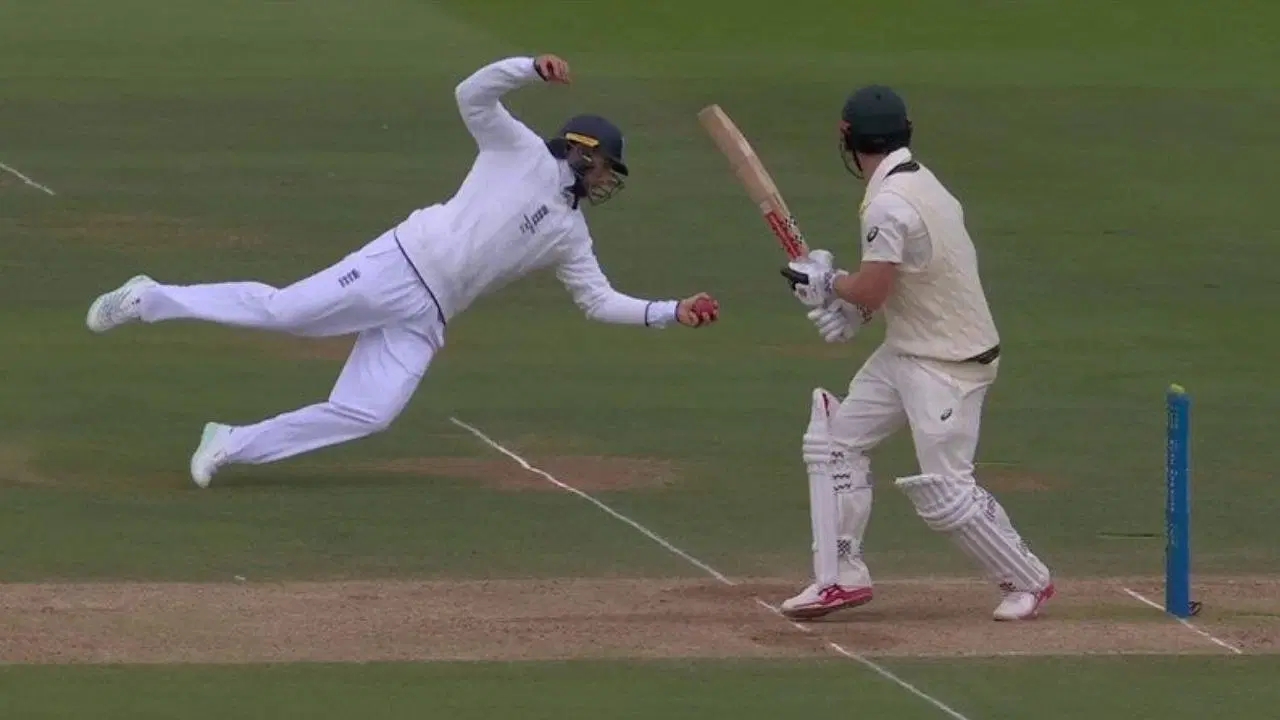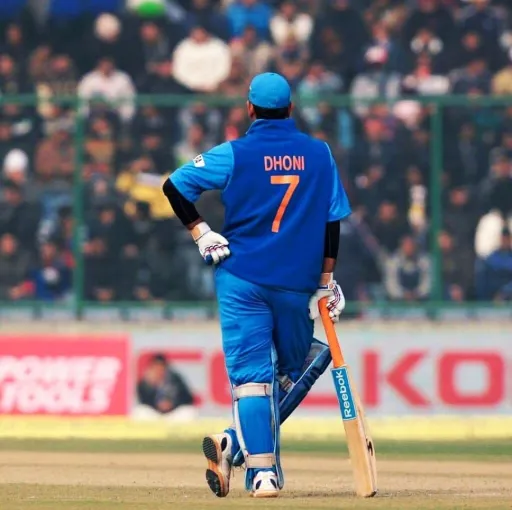Most Catches In Test Matches

Catches win matches—this age-old cricketing adage holds especially true in Test cricket, where patience and precision are paramount. The art of catching is an integral aspect of fielding, and over the years, several players have etched their names in history through their exceptional skills. This article delves into the cricketers who have taken the most catches in Test matches, highlighting their contributions and the significance of their achievements.
Rahul Dravid: The Wall with Safe Hands

Rahul Dravid, often referred to as “The Wall” for his rock-solid defense as a batsman, also holds the record for the most catches in Test matches. With 210 catches in 164 Tests, Dravid’s record is a testament to his remarkable consistency and sharp reflexes. Primarily stationed at the slip position, Dravid’s ability to anticipate and react quickly made him a dependable figure in the Indian fielding lineup. His safe pair of hands was crucial in supporting India’s bowlers, particularly the spinners, on subcontinental pitches where edges and deflections are frequent.
Rahul Dravid Biography
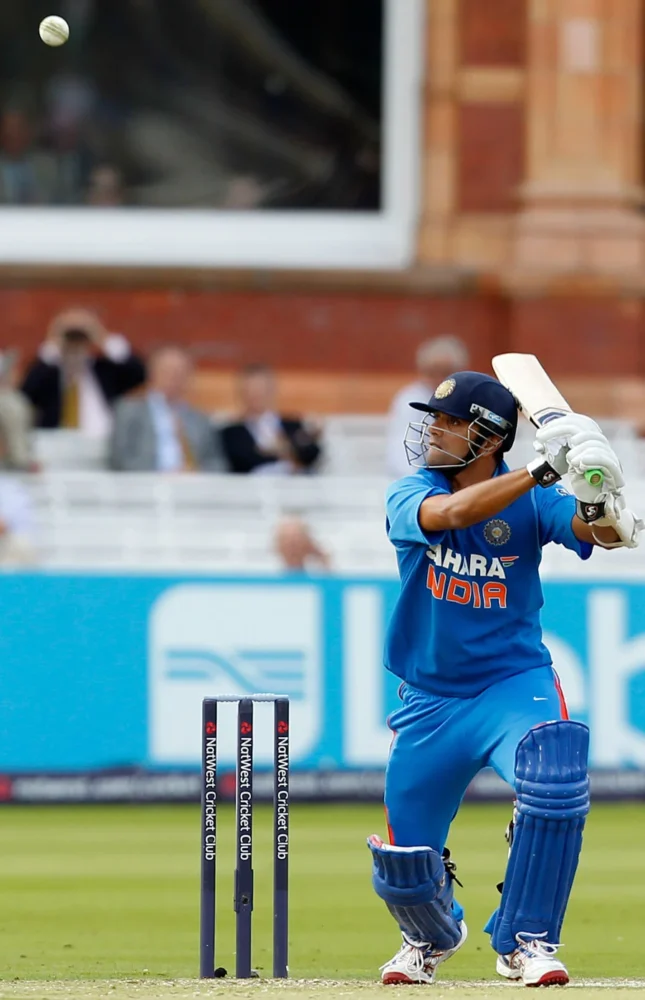
Rahul Dravid, often referred to as “The Wall” for his impenetrable defense, is one of India’s most revered cricketers. Born on January 11, 1973, in Indore, Madhya Pradesh, and raised in Bangalore, Karnataka, Dravid’s cricketing journey is a testament to his discipline, technique, and unwavering dedication to the sport.
Early Life and Introduction to Cricket
Rahul Sharad Dravid was introduced to cricket at a young age, showing a natural aptitude for the game. His early education at St. Joseph’s Boys’ High School in Bangalore and later at St. Joseph’s College of Commerce laid the foundation for his cricketing career. Dravid’s disciplined approach and academic excellence mirrored his methodical cricketing style.
Domestic Career
Dravid’s domestic career began with Karnataka in the Ranji Trophy during the 1991-92 season. His impressive performances in domestic cricket quickly caught the attention of national selectors. Known for his solid technique and patience, Dravid’s early years in domestic cricket were marked by consistency and a growing reputation as a dependable batsman.
International Debut and Rise
Rahul Dravid made his Test debut for India against England at Lord’s in 1996, scoring a composed 95 runs. His One Day International (ODI) debut came earlier that year against Sri Lanka. While his initial ODI career was unremarkable, Dravid’s adaptability and hard work soon made him a mainstay in both formats.
Awards and Honors
Dravid’s contributions have been recognized with numerous awards, including the prestigious Padma Shri and Padma Bhushan, India’s fourth and third highest civilian honors, respectively. He was also inducted into the ICC Hall of Fame in 2018, solidifying his place among cricket’s all-time greats.
Mahela Jayawardene: The Sri Lankan Slip Specialist

Mahela Jayawardene, one of Sri Lanka’s finest cricketers, is second on the list with 205 catches in 149 Test matches. Known for his elegant batting, Jayawardene’s prowess in the slip cordon was equally impressive. His strong positional sense and agility made him a key asset in the Sri Lankan fielding unit. Jayawardene’s catches were often game-changing, providing crucial breakthroughs for his team.
Mahela Jayawardene Biography
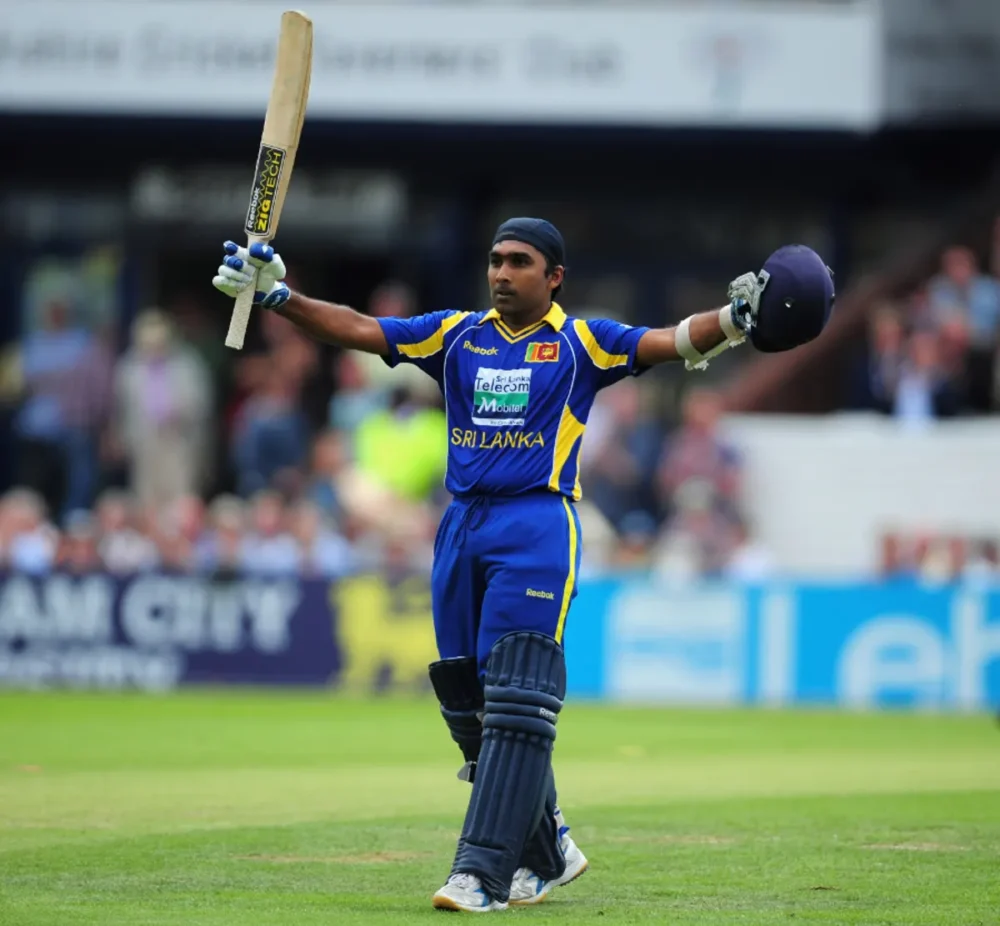
Mahela Jayawardene, born on May 27, 1977, in Colombo, Sri Lanka, is celebrated as one of the most elegant and prolific batsmen in cricket history. His career is marked by graceful stroke play, astute leadership, and numerous records that have cemented his legacy in the annals of the sport.
Early Life and Introduction to Cricket
Denagamage Praboth Mahela de Silva Jayawardene, known simply as Mahela Jayawardene, developed a passion for cricket at an early age. He attended Nalanda College in Colombo, a school renowned for nurturing cricketing talent. Jayawardene’s early promise was evident as he dominated school cricket, displaying a natural flair and an uncanny ability to play long innings.
Domestic Career
Jayawardene made his first-class debut for Sinhalese Sports Club (SSC) in 1995. His consistent performances in domestic cricket soon caught the attention of national selectors. His technique and temperament were evident from the outset, as he piled up runs with remarkable ease against seasoned bowlers in the domestic circuit.
International Debut and Rise to Prominence
Mahela Jayawardene made his Test debut for Sri Lanka against India in August 1997. His introduction to international cricket was seamless, as he scored a half-century in his very first innings. He quickly established himself as a mainstay in the Sri Lankan batting order, known for his ability to play both spin and pace with equal prowess.
His ODI debut came a few months later in January 1998, and he soon became an integral part of Sri Lanka’s limited-overs team as well. Jayawardene’s early career was marked by several notable performances, but it was his partnership with Kumar Sangakkara that truly elevated Sri Lanka’s batting prowess on the global stage.
Jacques Kallis: The All-Round Genius
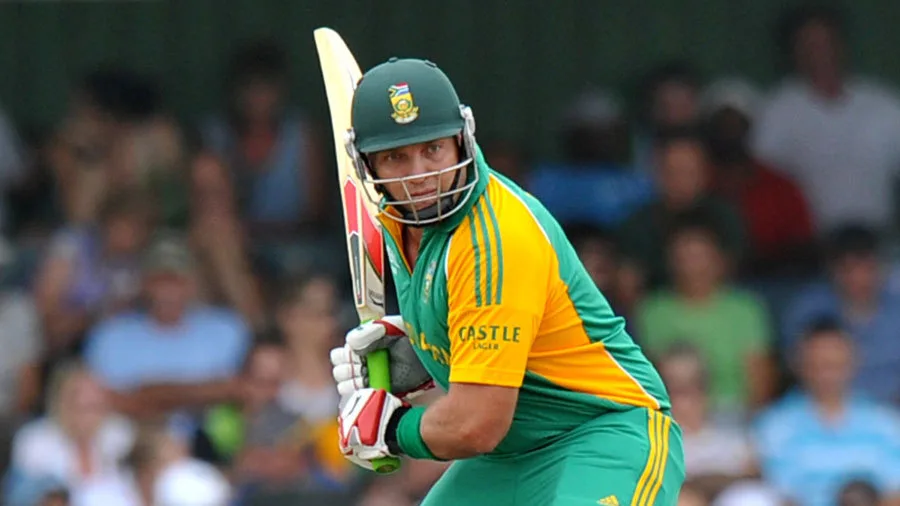
Jacques Kallis, South Africa’s legendary all-rounder, occupies the third spot with 200 catches in 166 Test matches. Kallis, renowned for his batting and bowling, was also an outstanding slip fielder. His strength, combined with excellent hand-eye coordination, allowed him to pull off some spectacular catches. Kallis’ ability to contribute in all facets of the game made him one of the most valuable players in cricket history.
Jacques Kallis Biography

Jacques Kallis, born on October 16, 1975, in Cape Town, South Africa, is widely regarded as one of the greatest all-rounders in cricket history. His remarkable career, spanning nearly two decades, has left an indelible mark on the sport. Known for his powerful batting, effective bowling, and exceptional fielding, Kallis’s contributions to cricket are unparalleled.
Early Life and Introduction to Cricket
Jacques Henry Kallis grew up in a sports-oriented family. From a young age, he exhibited a natural talent for cricket, influenced by his father, Henry Kallis, who was an avid cricketer. Kallis attended Wynberg Boys’ High School, where his cricketing skills were honed. His prowess was evident early on, and he quickly progressed through the ranks of school and club cricket.
Domestic Career
Kallis made his first-class debut for Western Province in the 1993-94 season. His domestic performances were impressive, showcasing his potential as both a batsman and a bowler. Kallis’s ability to contribute with both bat and ball made him a valuable asset to any team. His performances in domestic cricket soon caught the attention of national selectors.
International Debut and Early Career
Jacques Kallis made his Test debut for South Africa against England in December 1995 at the age of 20. His initial foray into international cricket was challenging, but Kallis’s talent was undeniable. He scored his maiden Test century in 1997 against Australia in Melbourne, a knock that marked the beginning of his illustrious career. In the same year, he made his ODI debut against England.
Ricky Ponting: The Dynamic Australian Leader
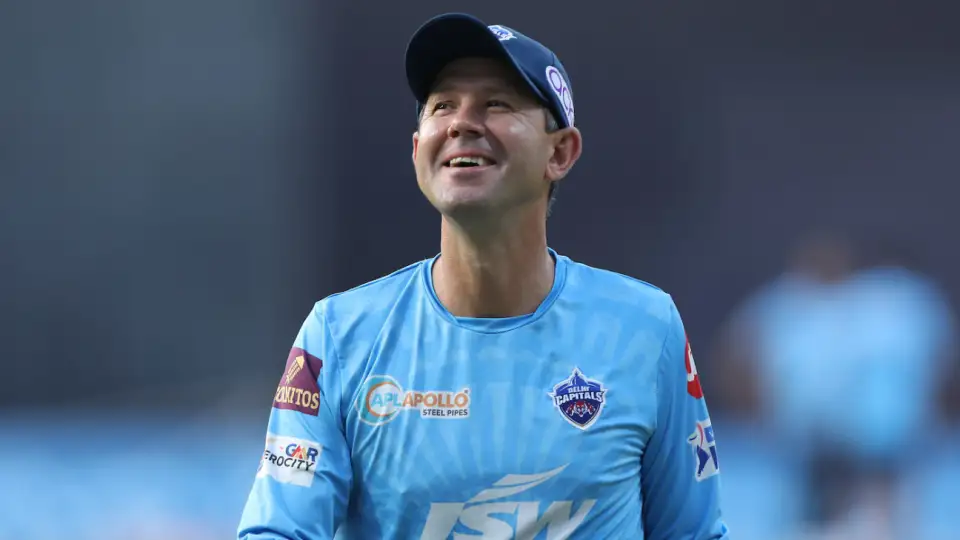
Ricky Ponting, one of Australia’s most successful captains, took 196 catches in 168 Test matches, placing him fourth on the list. Ponting’s fielding, particularly in the slips and at silly point, was characterized by his sharp reflexes and fearless approach. His aggressive fielding complemented his dynamic leadership, often putting pressure on the opposition with his presence alone.
Ricky Ponting Biography
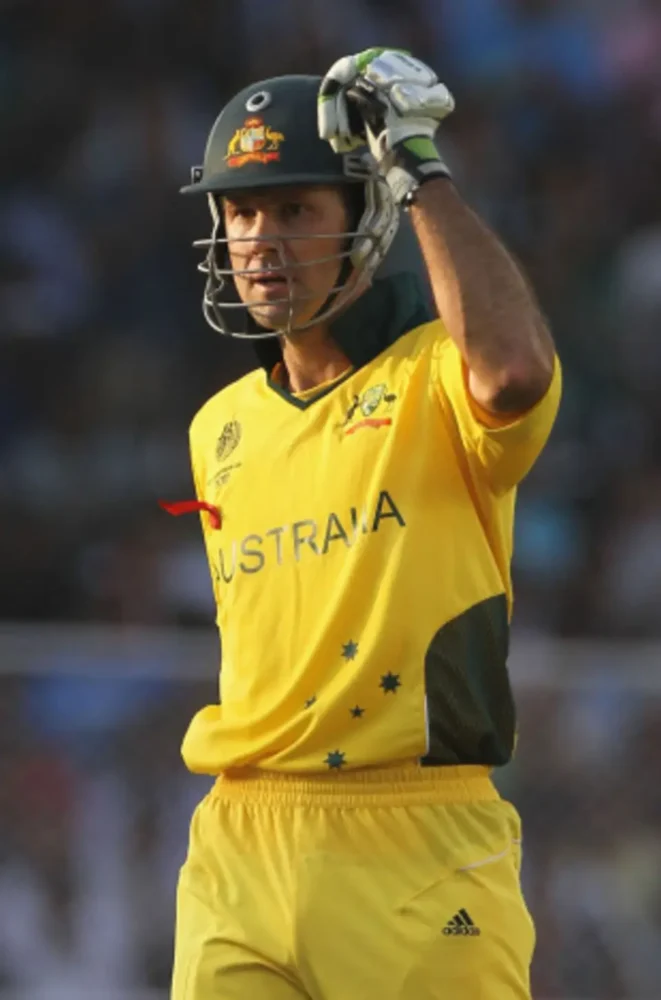
Ricky Ponting, born on December 19, 1974, in Launceston, Tasmania, is celebrated as one of cricket’s greatest batsmen and most successful captains. His career, spanning nearly two decades, is marked by exceptional batting prowess, strategic brilliance, and an unparalleled competitive spirit.
Early Life and Introduction to Cricket
Ricky Thomas Ponting grew up in a sports-loving family. His father, Graeme Ponting, played club cricket, while his mother, Lorraine, was a state vigoro champion. Ricky showed a natural talent for cricket from a young age. He attended Mowbray Primary and Brooks High School, where his cricketing abilities quickly became evident. Ponting’s potential was recognized early on, and he received a sponsorship from Kookaburra at the age of 14.
Domestic Career
Ponting made his first-class debut for Tasmania at the age of 17 in November 1992. His performance in domestic cricket was nothing short of spectacular, and he quickly established himself as one of the brightest talents in Australian cricket. His aggressive batting style and consistent run-scoring made him a standout player in the Sheffield Shield, Australia’s premier domestic competition.
International Debut and Early Career
Ricky Ponting made his One Day International (ODI) debut against South Africa in February 1995 and his Test debut later that year against Sri Lanka. His initial foray into international cricket was marked by a mix of brilliant performances and disciplinary issues. However, Ponting’s raw talent was undeniable, and he soon cemented his place in the Australian team.
Mark Waugh: The Stylish Australian Slip Maestro
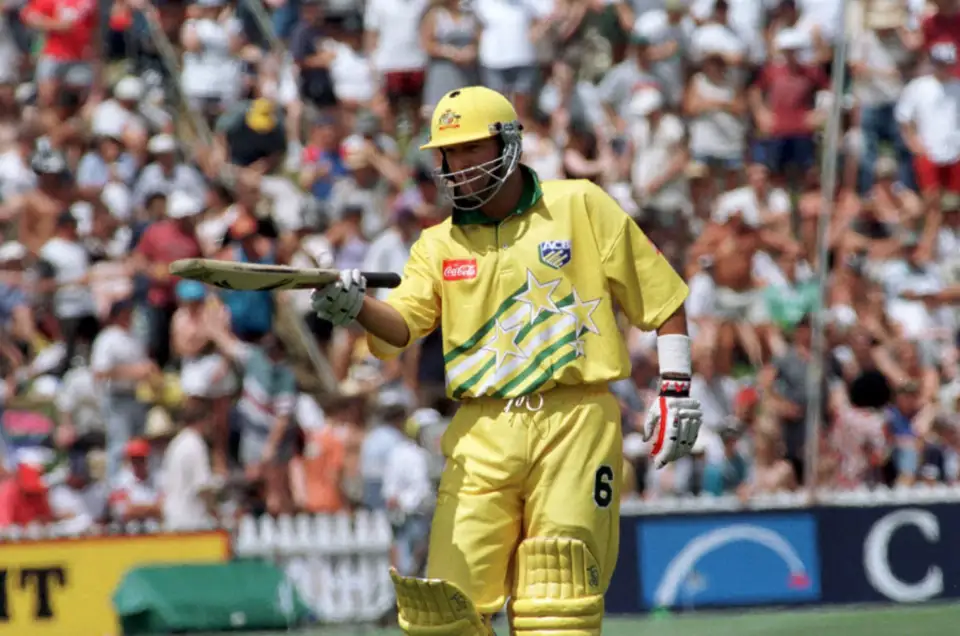
Mark Waugh, known for his stylish batting, was also an exceptional fielder, particularly in the slip region. He took 181 catches in 128 Test matches, securing the fifth position on the all-time list. Waugh’s fielding was marked by his grace and precision, making difficult catches look easy. His contributions in the field were vital to Australia’s dominance in the 1990s and early 2000s.
Mark Waugh Biography

Mark Waugh, born on June 2, 1965, in Canterbury, New South Wales, Australia, is celebrated as one of the most stylish and talented batsmen in the history of cricket. Known for his elegance and flair, Waugh’s contributions to the game extend beyond his batting prowess to his exceptional fielding and occasional off-spin bowling. His career, spanning over a decade, has left an indelible mark on the sport.
Early Life and Introduction to Cricket
Mark Edward Waugh, often referred to as “Junior” to distinguish him from his twin brother Steve Waugh, was introduced to cricket at a young age. Growing up in a family passionate about sports, Mark and Steve were competitive from the start, pushing each other to excel. Mark attended East Hills Boys High School, where his cricketing talents blossomed. His natural flair and attacking style set him apart from his peers.
Domestic Career
Waugh’s domestic career began with New South Wales, where he made his debut in the 1984-85 season. His performances in domestic cricket were marked by consistency and brilliance, quickly establishing him as one of the most promising talents in Australian cricket. Waugh’s ability to play both attacking and defensive strokes with ease made him a valuable asset for New South Wales.
International Debut and Early Career
Mark Waugh made his Test debut for Australia against England in January 1991, where he announced his arrival with a century in his very first match. This debut performance was a sign of the prolific career that lay ahead. His One Day International (ODI) debut came earlier, in 1988 against Pakistan, where he also made an immediate impact.
Other Notable Fielders
Several other players have also made significant contributions to their teams with their catching abilities. Stephen Fleming, New Zealand’s esteemed captain, took 171 catches in 111 Test matches, often leading by example with his sharp fielding in the slips. Brian Lara, the West Indian batting maestro, also made his mark in the field with 164 catches in 131 Test matches.
The Importance of Fielding in Test Cricket
Fielding, particularly catching, is crucial in Test cricket due to the prolonged nature of the game. A dropped catch can change the course of a match, while a brilliant catch can provide the breakthrough a team desperately needs. The players mentioned above have not only excelled with the bat or ball but have also contributed significantly through their fielding prowess, demonstrating the holistic nature of cricketing excellence.
Conclusion
The ability to consistently take catches in Test matches is a hallmark of a great cricketer. Players like Rahul Dravid, Mahela Jayawardene, Jacques Kallis, Ricky Ponting, and Mark Waugh have set high standards in this regard. Their records are not just numbers but a reflection of their commitment, concentration, and athleticism. As the game evolves, the benchmark set by these fielding legends will continue to inspire future generations to value and excel in the art of catching.
FAQs

